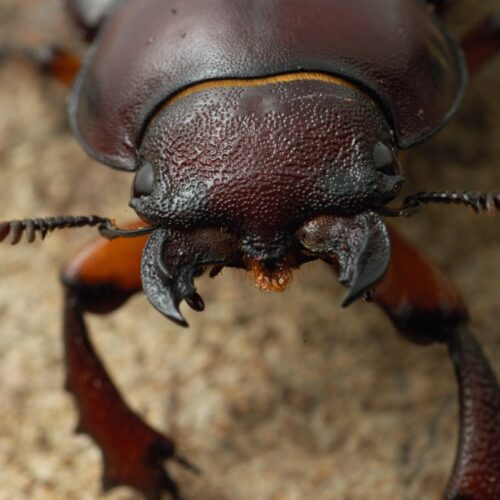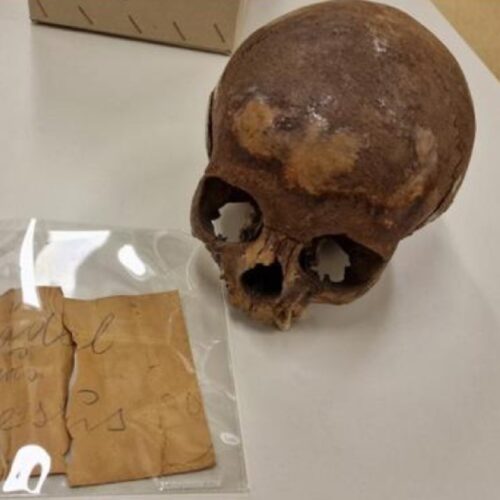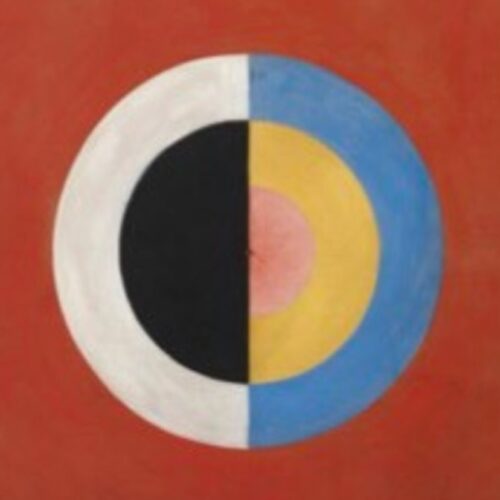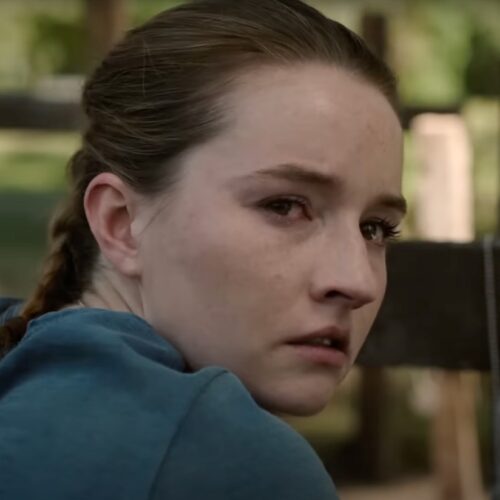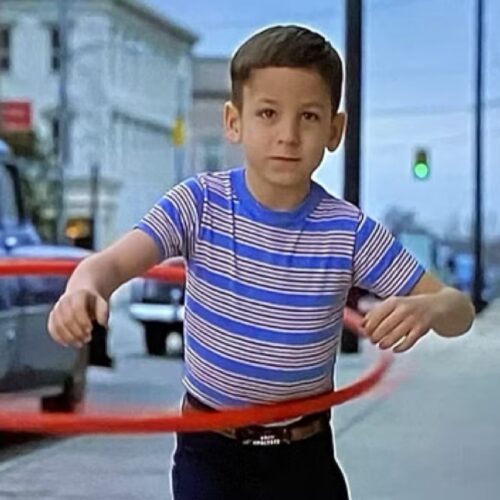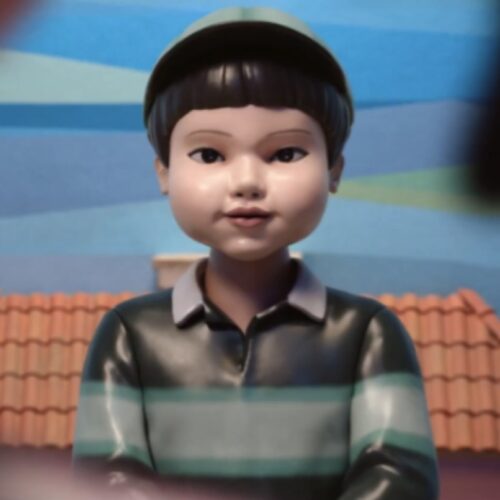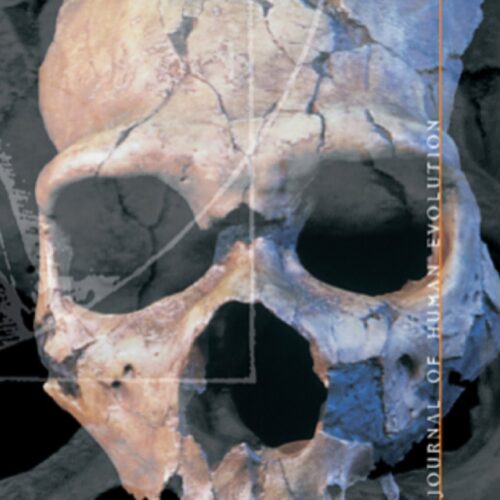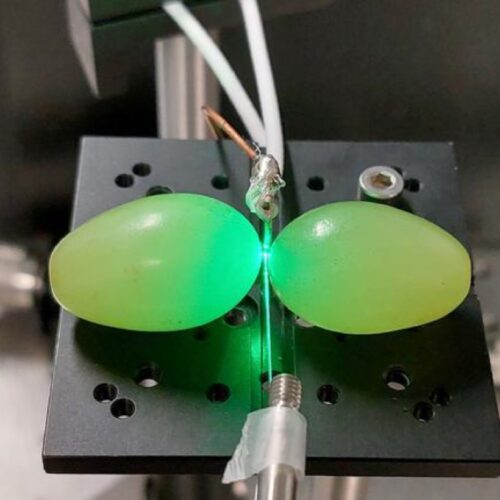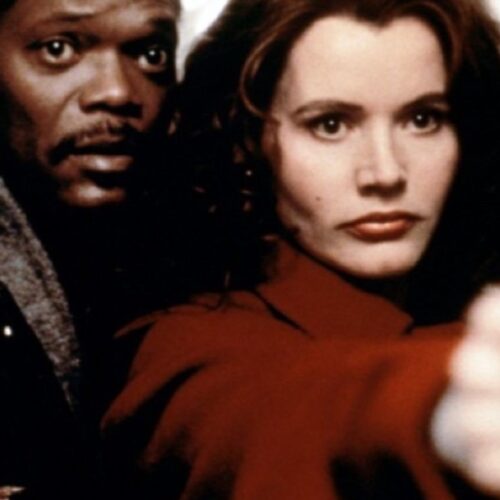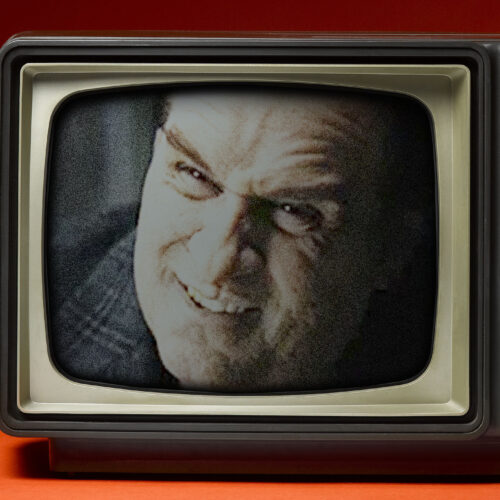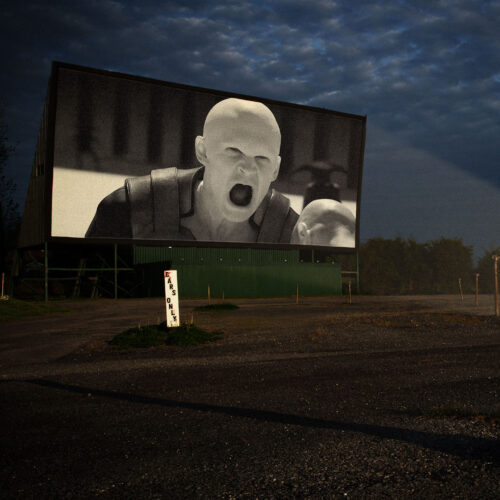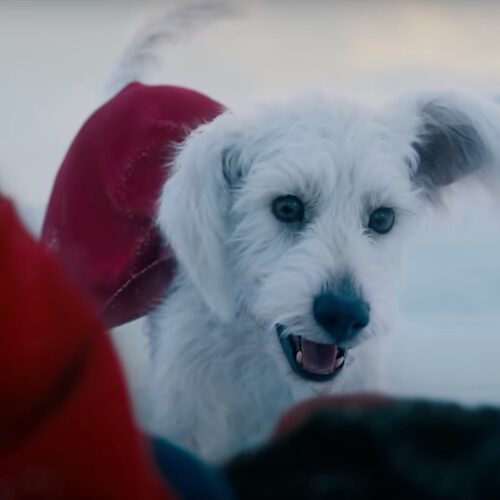Up close and personal with the stag beetle in A Real Bug’s Life S2
A plucky male American stag beetle thinks he's found a mate on a rotting old tree stump—and then realizes there's another male eager to make the same conquest. The two beetles face off in battle, until the first manages to get enough leverage to toss his romantic rival off the stump in a deft display of insect jujitsu. It's the first time this mating behavior has been captured on film, and the stag beetle is just one of the many fascinating insects featured in the second season of A Real Bug's Life, a National Geographic docuseries narrated by Awkwafina.
The genesis for the docuseries lies in a past rumored sequel to Pixar's 1998 animated film A Bug's Life, which celebrated its 25th anniversary two years ago. That inspired producer Bill Markham, among others, to pitch a documentary series on a real bug's life to National Geographic. "It was the quickest commission ever," Markham told Ars last year. "It was such a good idea, to film bugs in an entertaining family way with Pixar sensibilities." And thanks to the advent of new technologies—photogrammetry, probe and microscope lenses, racing drones, ultra-high-speed camera—plus a handful of skilled "bug wranglers," the team was able to capture the bug's-eye view of the world beautifully.
As with the Pixar film, the bugs (and adjacent creatures) are the main characters here, from cockroaches, monarch butterflies, and praying mantises to bees, spiders, and even hermit crabs. The 10 episodes, across two seasons, tell their stories as they struggle to survive in their respective habitats, capturing entire ecosystems in the process: city streets, a farm, the rainforest, a Texas backyard, and the African savannah, for example. Highlights from S1 included the first footage of cockroach egg casings hatching; wrangling army ants on location in a Costa Rica rainforest; and the harrowing adventures of a tiny jumping spider navigating the mean streets of New York City.


© National Geographic/Darlyne A. Murawski
